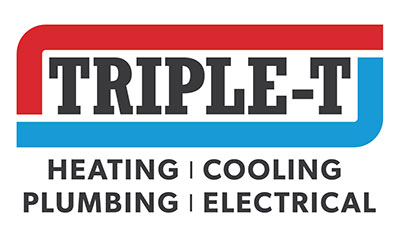A Guide to the Essentials of Your Septic System
Your heating and cooling system is one of the staples of modern home conveniences. As such, you should hire an AC repair company in Spanish Fork to keep your heating and cooling system in tip-top shape. But perhaps as important as your HVAC system is your home’s indoor plumbing, particularly the septic system. The septic system provides just as much convenience as your AC and furnace, so you should invest just as much into maintaining the septic system as you do your HVAC system. To help get you started, here are some things you should know about your septic system and how it works.
How Your Septic System Works
The typical septic system has four main components: a pipe from the home, a septic tank, a drainfield, and the soil. All household waste exits your home via a pipe connected to the septic tank, where it is then separated and decomposed over time. Wastewater then exits the septic tank and is discharged into the drainfield for further treatment by the soil. Microbes in the soil digest or remove most contaminants from wastewater, which prevents it from contaminating any groundwater it comes in contact with.
How to Maintain Your Septic System
Maintaining your septic system not only protects your health and the environment, but it can also help you save money on expensive septic system repair and replacement. To maintain your home’s septic system, have it inspected by a professional every three years and pumped every three to five years. You should also keep a close eye on what goes down the drain to prevent damaging the septic system. Avoid flushing household chemicals, pesticides, antifreeze, and paint, as they can destroy the biological treatment taking place in the tank. Also avoid flushing anything that can clog the septic tank, such as cigarette butts, coffee grounds, feminine hygiene products, and cotton swabs.


